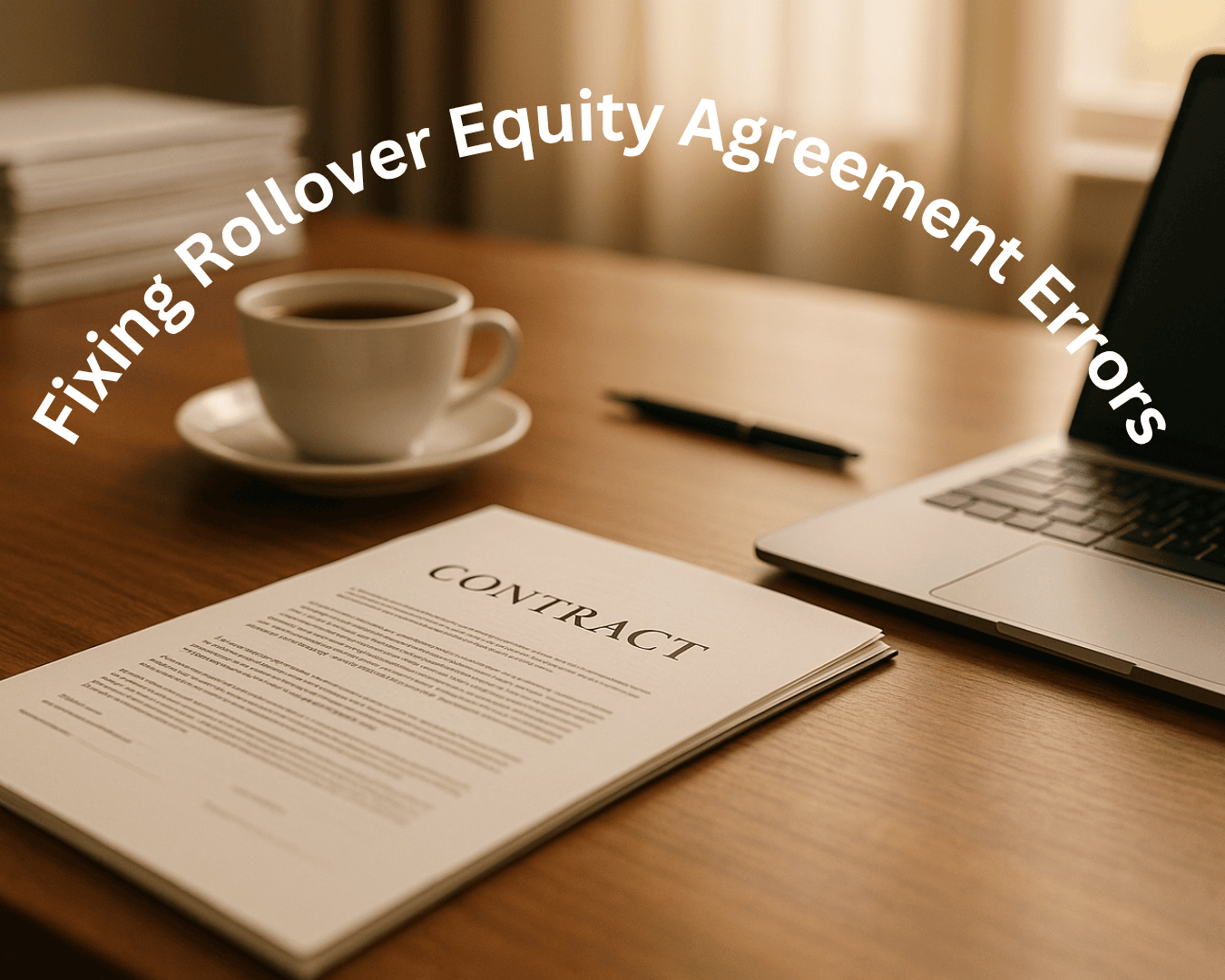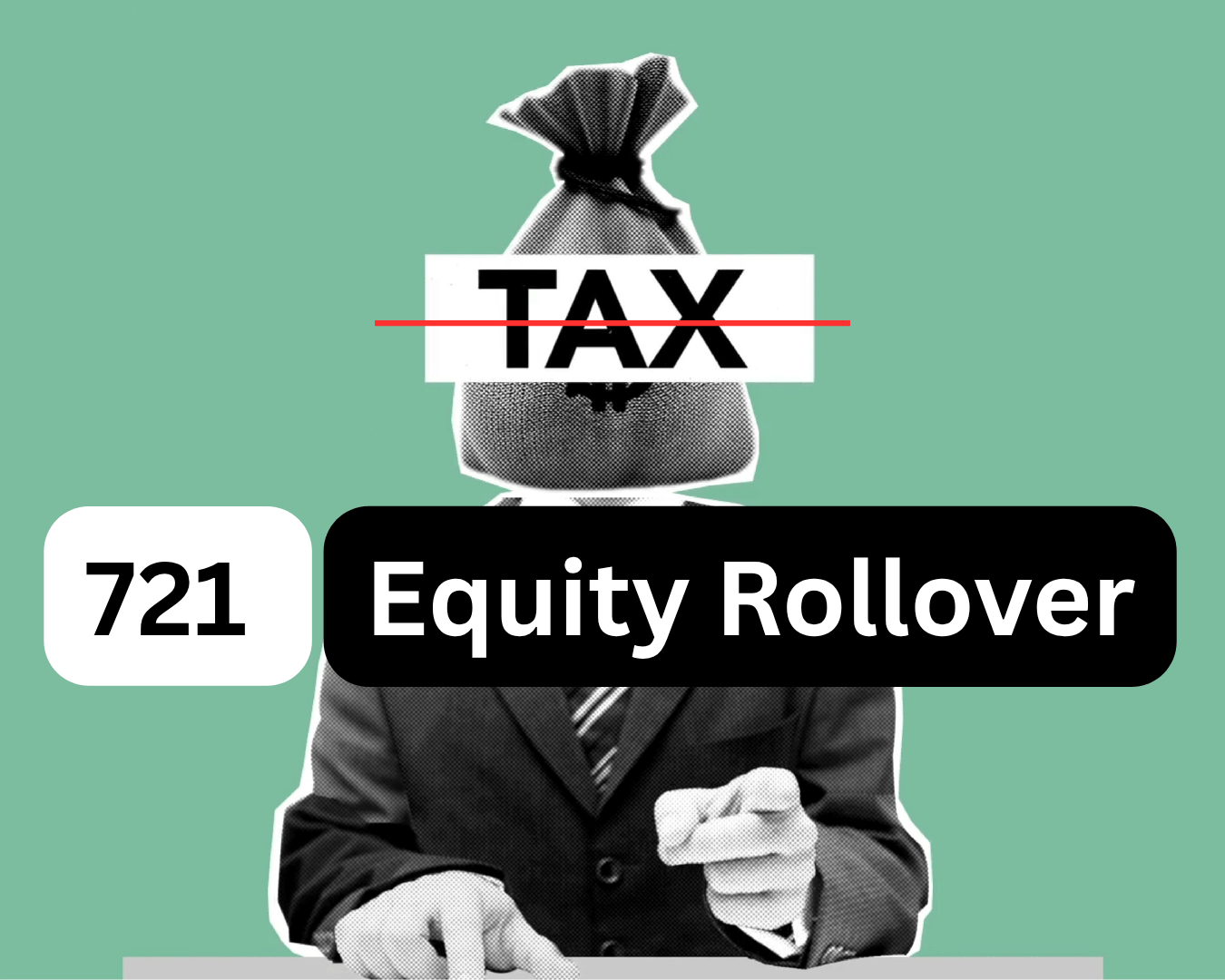You've made the decision to purchase a business. After thorough vetting and number crunching, the deal appears promising. Now, the next step involves navigating through SBA Underwriting.
The term "underwriting" encapsulates the comprehensive process by which both the bank and government scrutinize you and the business to either approve or deny your loan application. This process might feel like an exhaustive examination of every detail, and indeed, it is. The primary objective of underwriting is to ensure that both the lender and government are making a sound investment in you and the business. In the unfortunate event of your or the business's failure, the lender and government bear the responsibility for the funds they've extended to you.
Underwriting enables the government and lender to evaluate you thoroughly and ensure that the loan aligns with financial regulations established by the government. From a personal standpoint, underwriting focuses on three main areas: income, credit history, and assets. Regarding the business, underwriters consider factors such as industry performance, financial statements, real estate, and local demographics, among others.
In the SBA underwriting process, the initial underwriting is conducted by the bank, which must be an approved SBA lender. SBA oversight encompasses both the bank's review and an additional evaluation by the SBA itself.
Initial review
Standard SBA applications are readily available on the SBA website, and your lender should furnish you with these necessary documents. Once you've completed the SBA application, the next step involves compiling your personal financial information. This typically includes providing the last three years of tax returns, investment statements, personal financial statements, the most recent three months of bank statements, your resume, and a comprehensive business plan.
It's crucial to communicate your vision for the business clearly to the lender. Be sure to inject as much detail as possible into the summary, forms, and any accompanying documentation. This level of detail aids the lender in crafting a thorough loan package, which will be reviewed by decision-makers within the lending institution.
Conditions Stage
In the subsequent stage, you'll receive your commitment of lending, signaling the lender's completion of the final due diligence. During this phase of acquiring the business, you'll need to gather additional documentation, finalize insurance arrangements, and prepare for the transfer of ownership rights.
Maintaining open communication with your lender or broker is paramount at this juncture. Any significant life or financial changes should be promptly communicated, as they could potentially impact your eligibility for the business purchase.
Simultaneously, the lender will enlist the services of a Certified Development Company (CDC) in your area. CDCs are non-profit organizations certified and overseen by the Small Business Administration (SBA) to facilitate the packaging, processing, closing, and servicing of "504" loans. They will collaborate with the lender and yourself to expedite the closing process and submit the SBA package to the SBA for approval.
Closing
In the concluding phase of the business acquisition comes, the closing. This pivotal stage involves the exchange of funds, the transfer of assets, and the signing of essential paperwork. The duration of this process can vary, spanning from a single day to several days, contingent upon the complexity of the business and specific circumstances.
A multitude of stakeholders partake in this critical step, including attorneys, lenders, Certified Development Companies (CDCs), accountants, the buyer, and the seller. Throughout the closing, meticulous tracking ensures that all agreements are honored and every aspect of the transfer is completed as agreed upon.
This is also the juncture where compliance with SBA requirements is confirmed, encompassing tasks such as finalizing lien paperwork for your home, executing life insurance policies, and fulfilling any other obligations mandated by the SBA.
Post Closing
Once you've assumed ownership of the business, your lender will assist you in establishing a payment system to ensure timely repayment of your loan. It's imperative to maintain meticulous records of all closing and loan paperwork for future reference. These documents will prove invaluable for tax purposes, securing new loans, and addressing other business-related matters in the years ahead.
Should you encounter any difficulties with payments, refinancing, or any other financial concerns, your primary point of contact will be your lender. They will be equipped to address your inquiries and provide guidance on navigating any challenges that may arise.


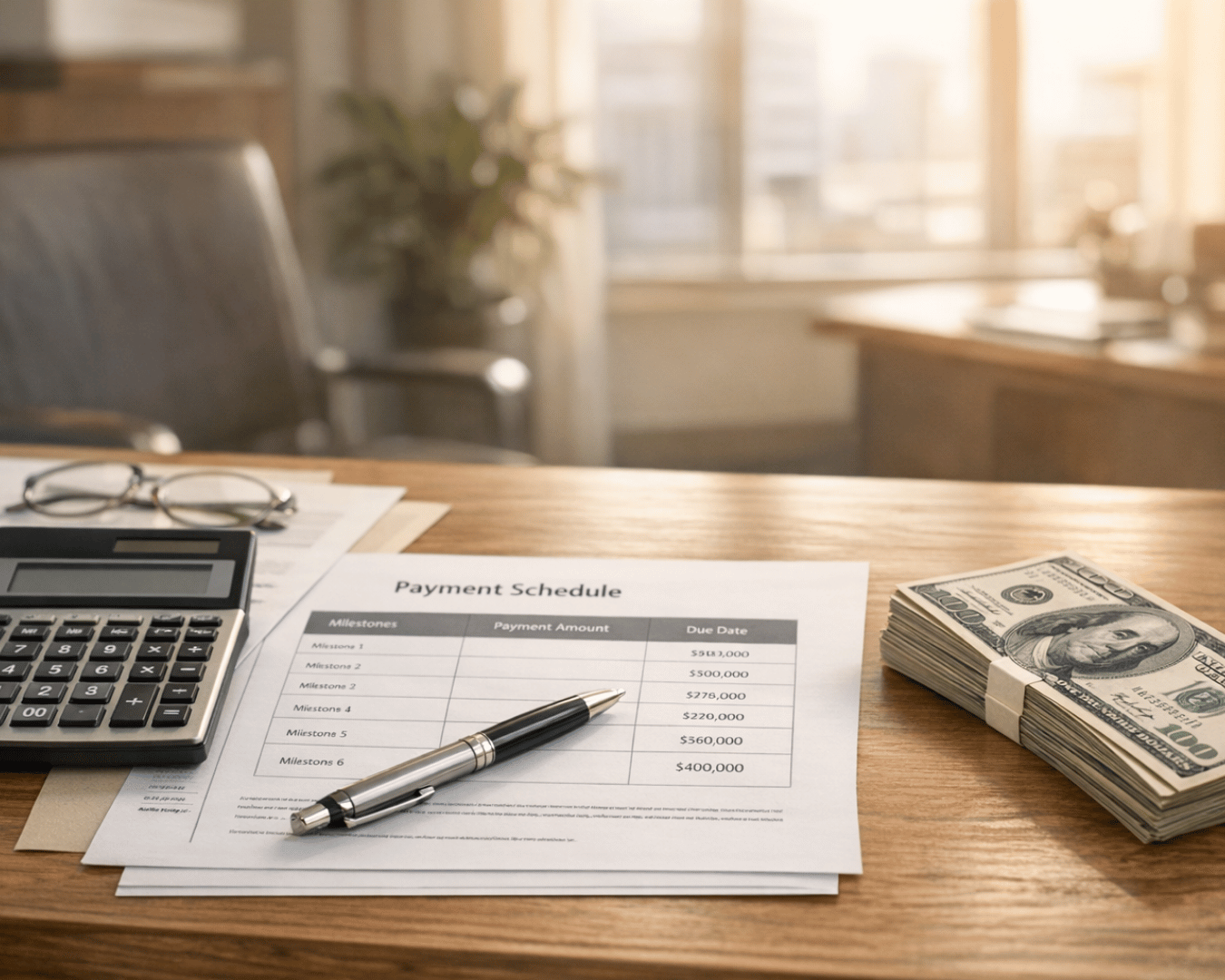


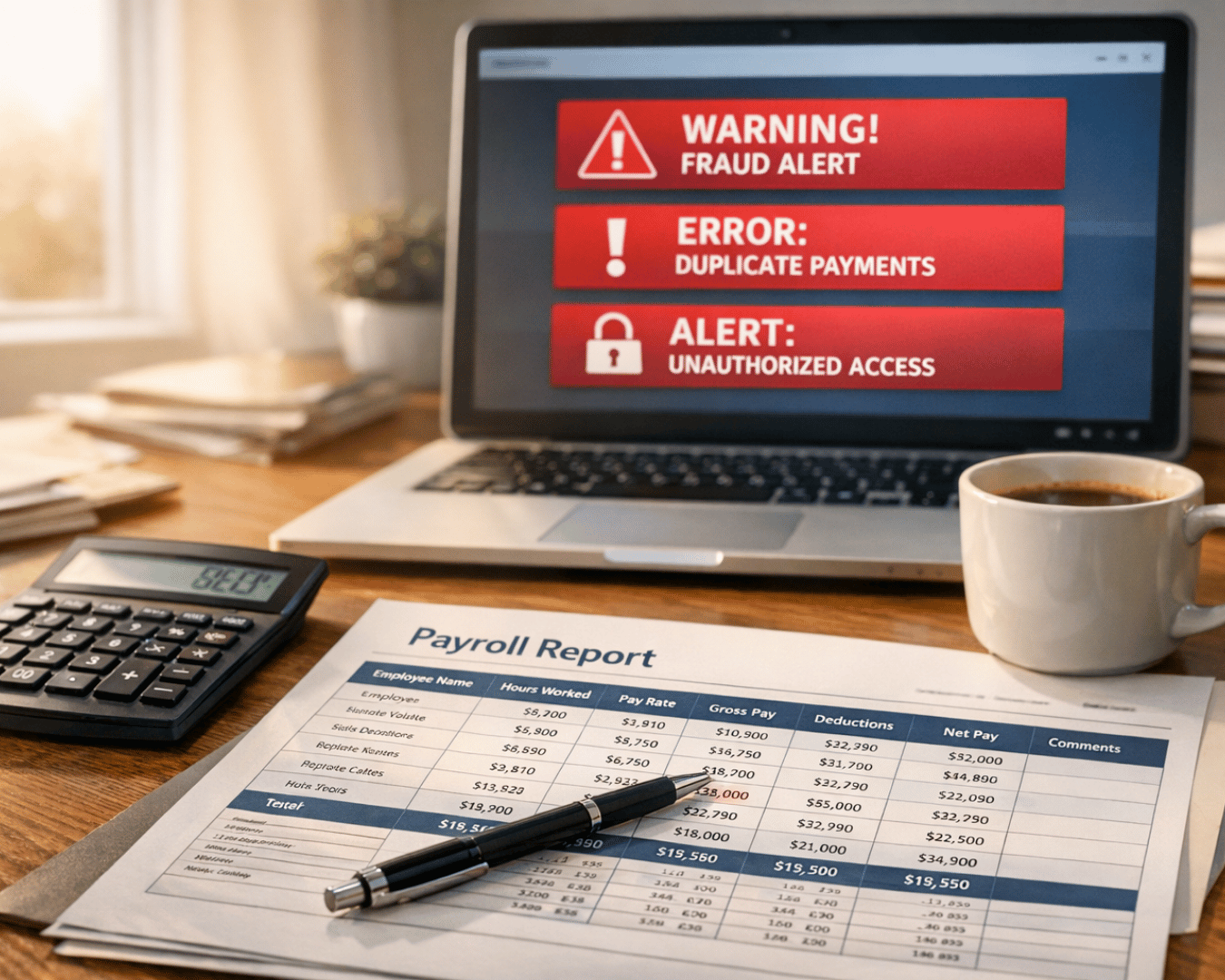








.png)
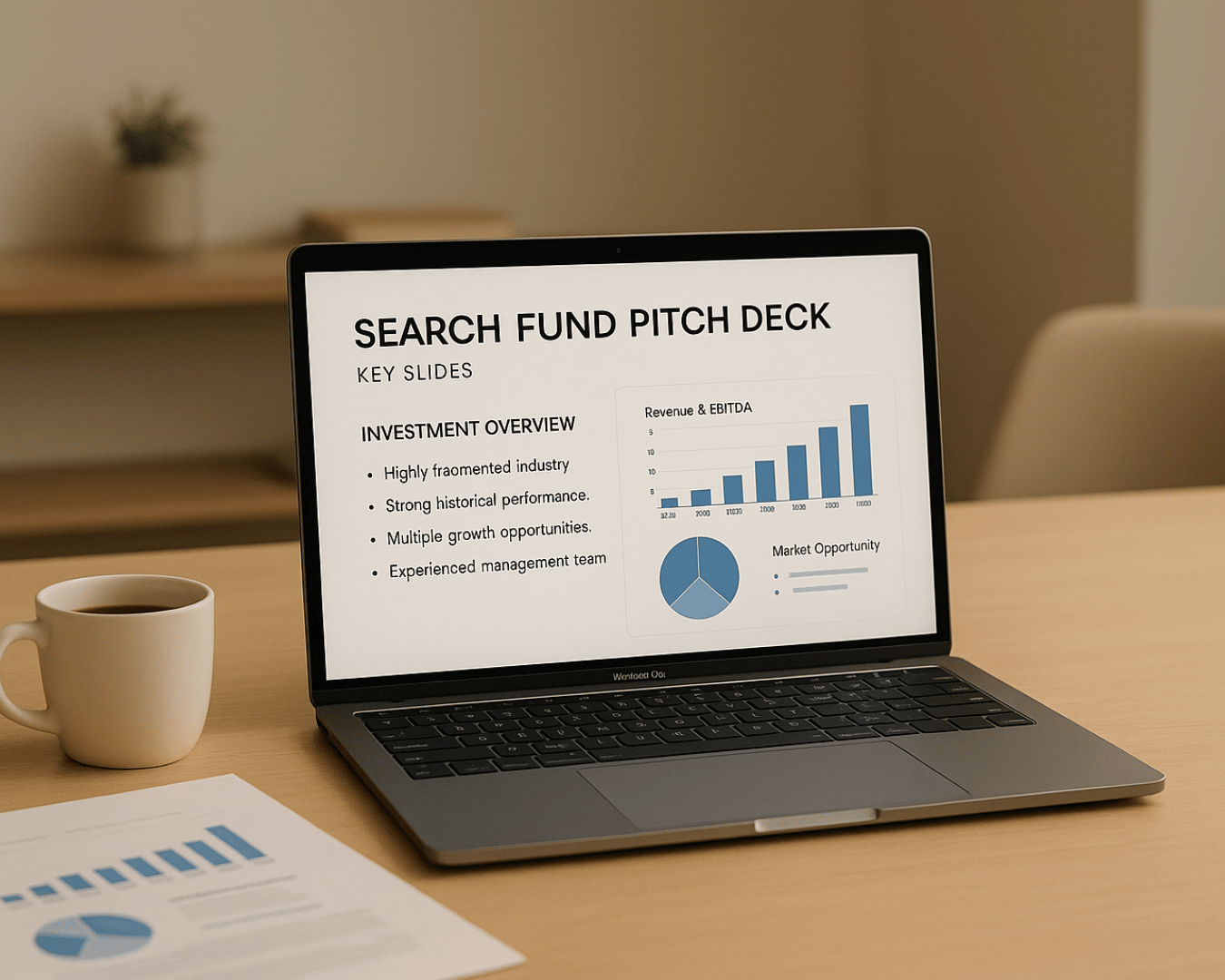

















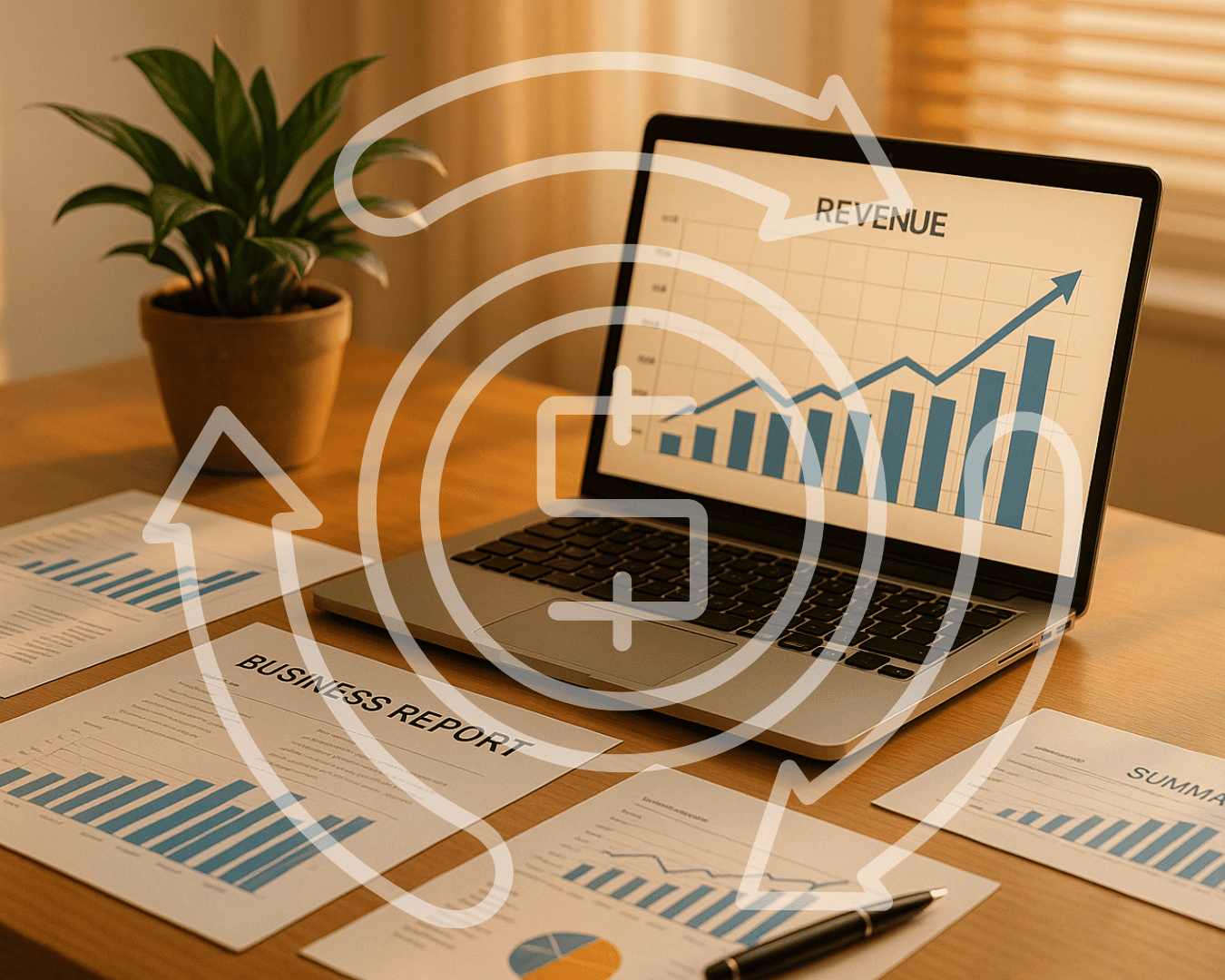






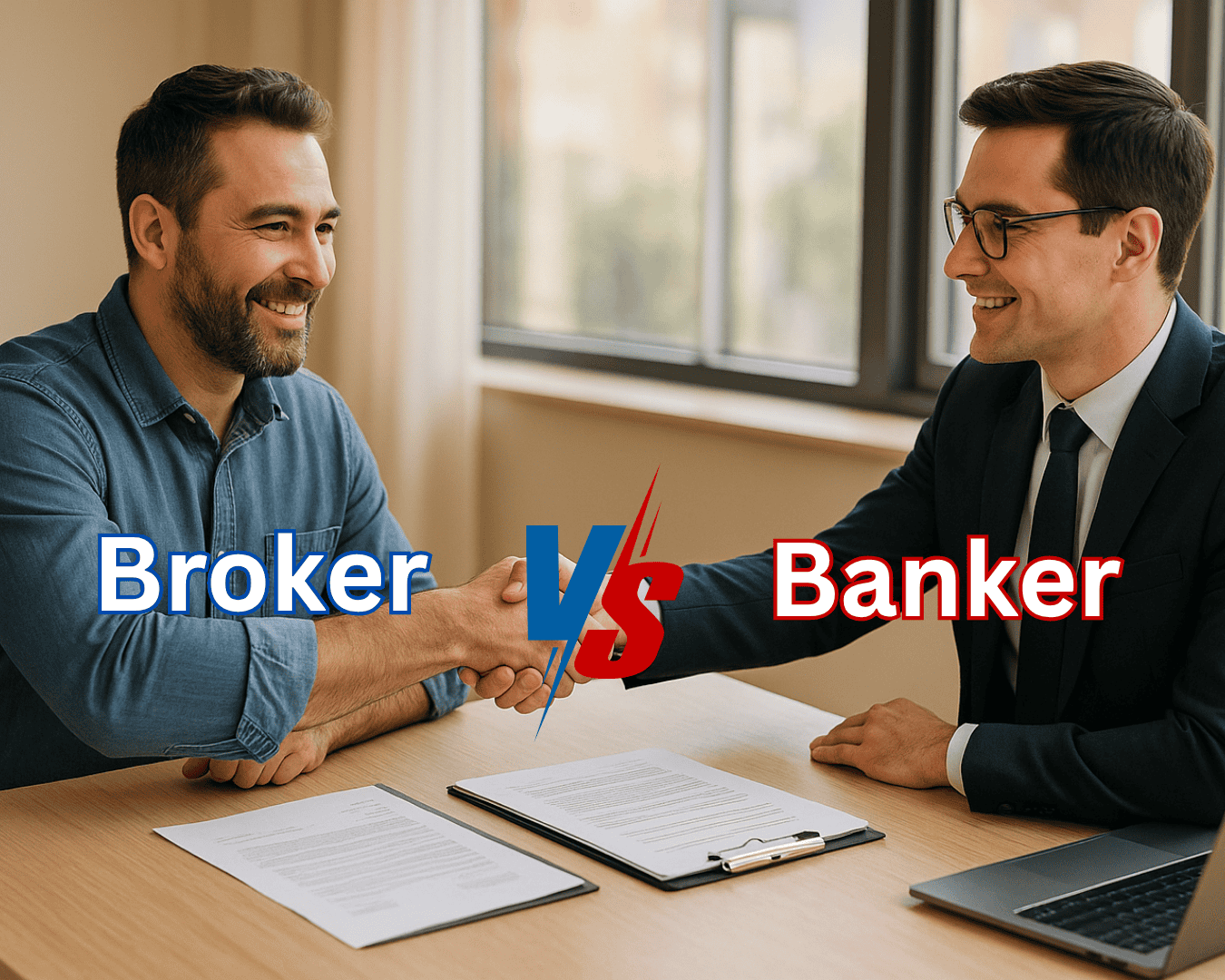



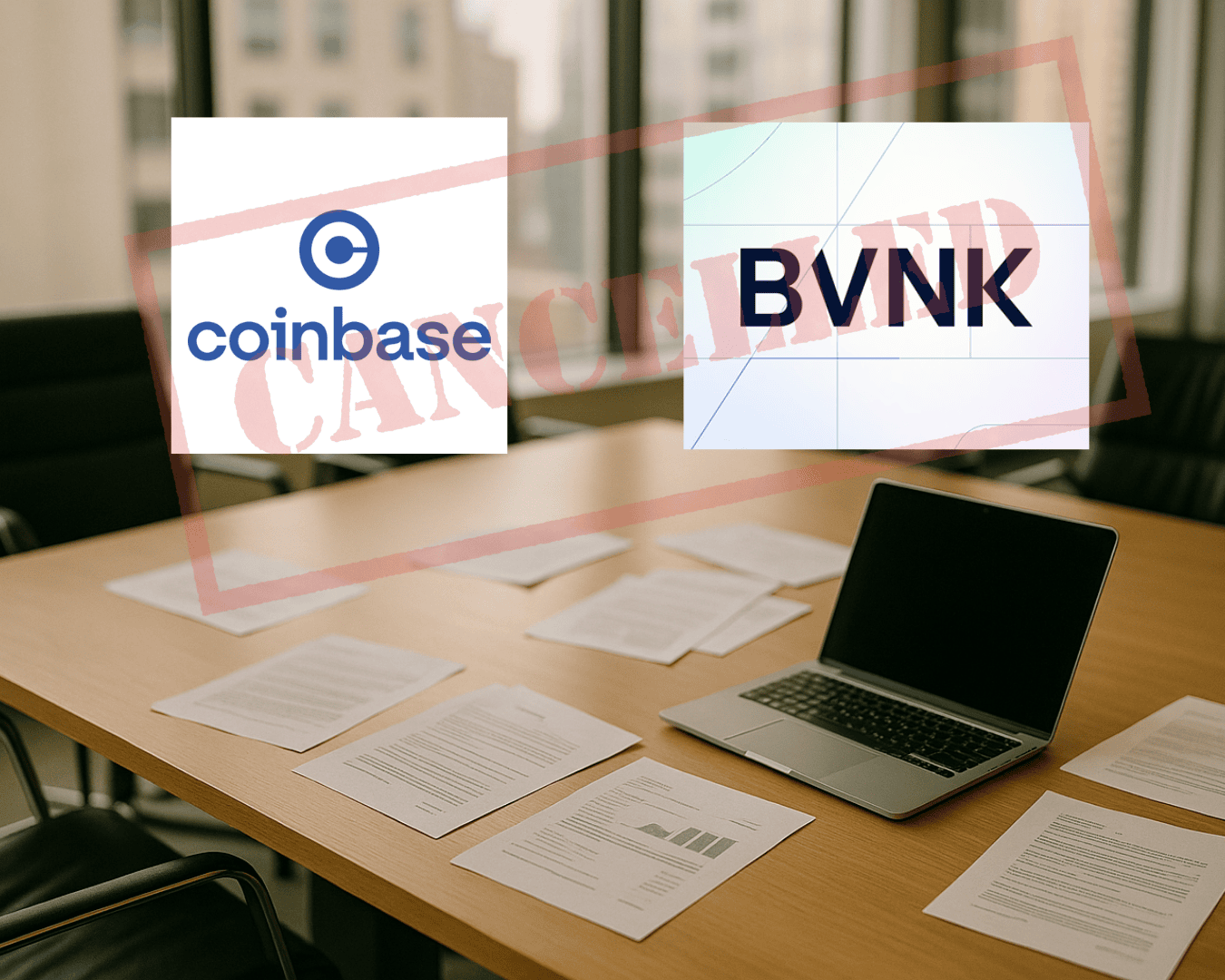







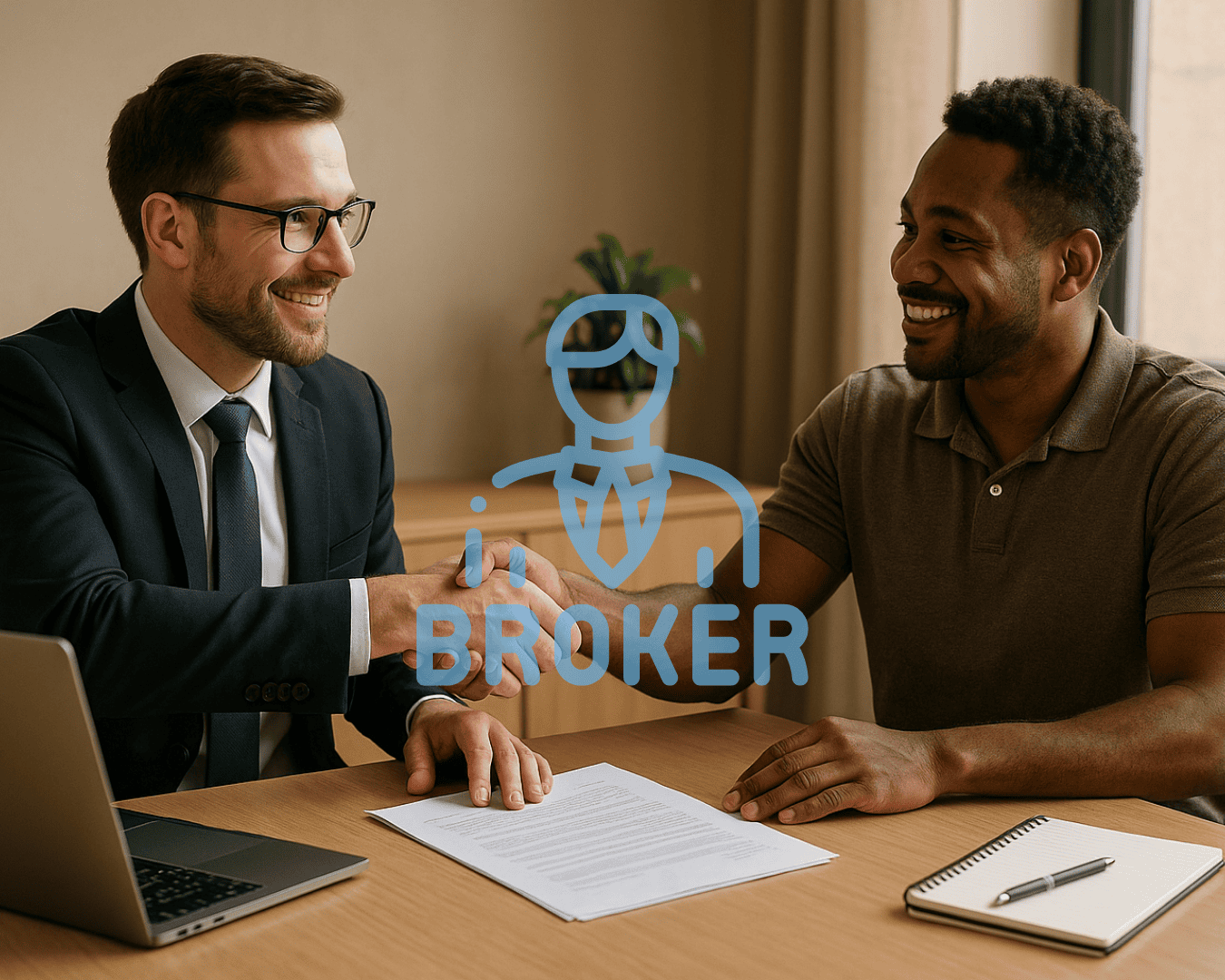

.png)

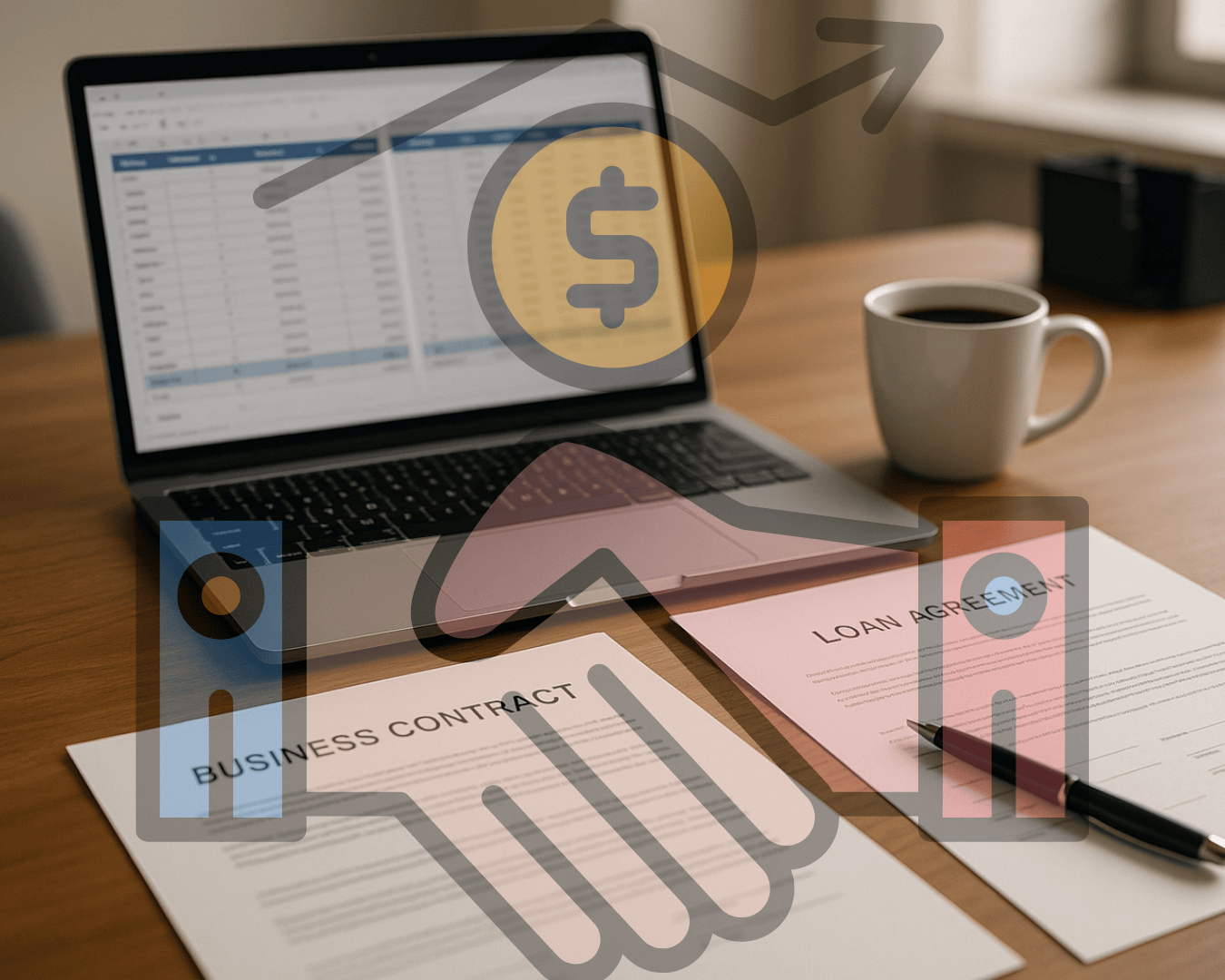
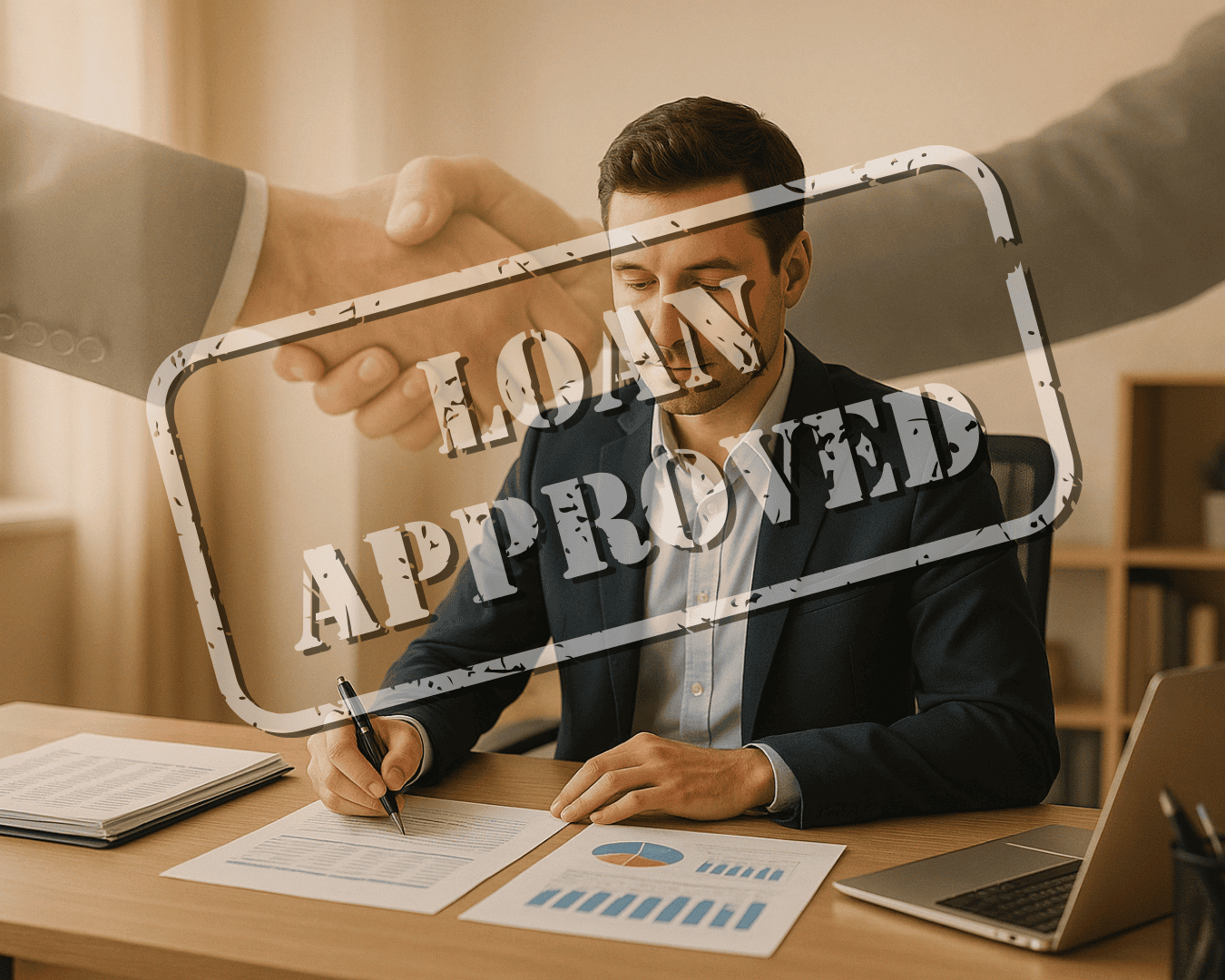














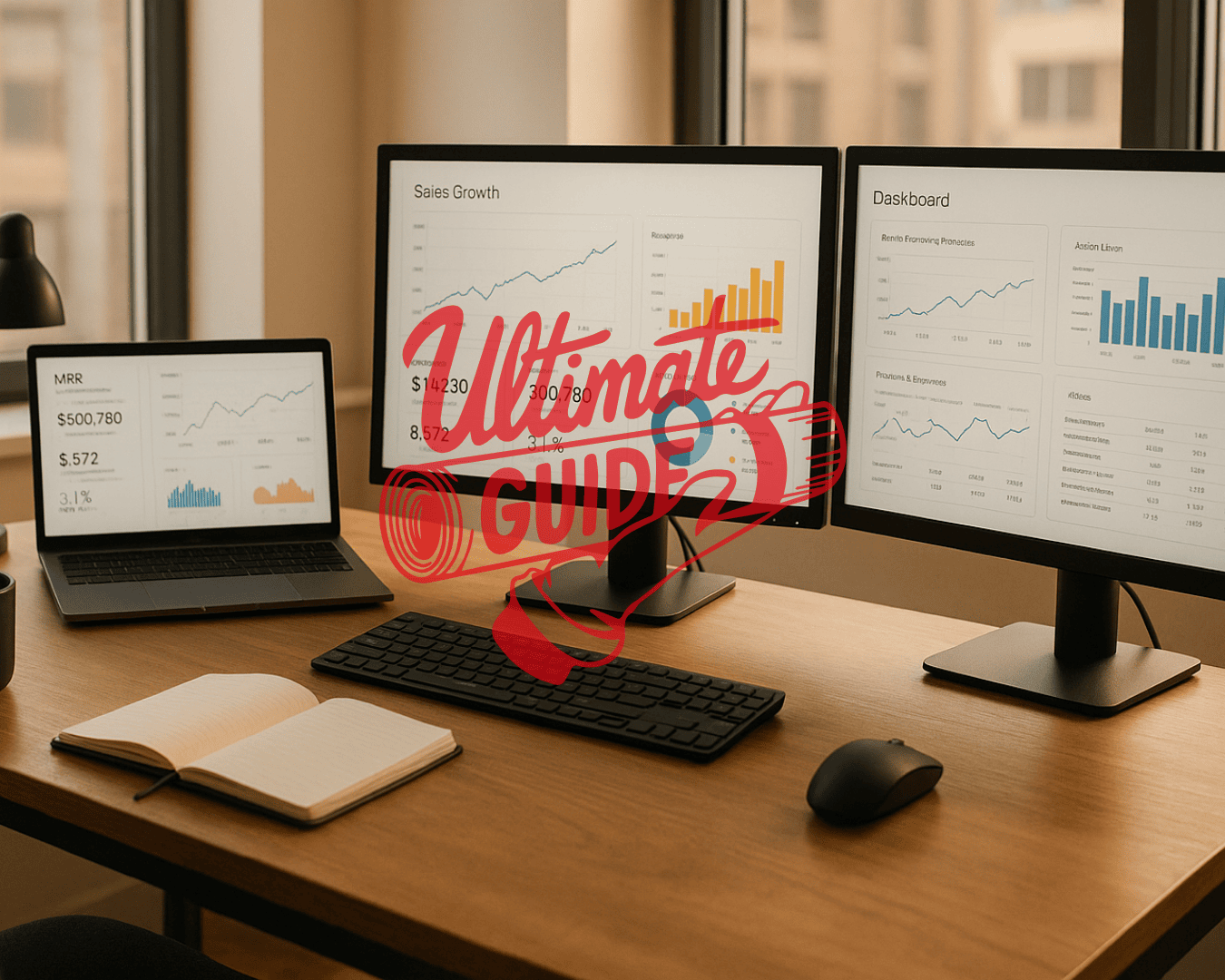



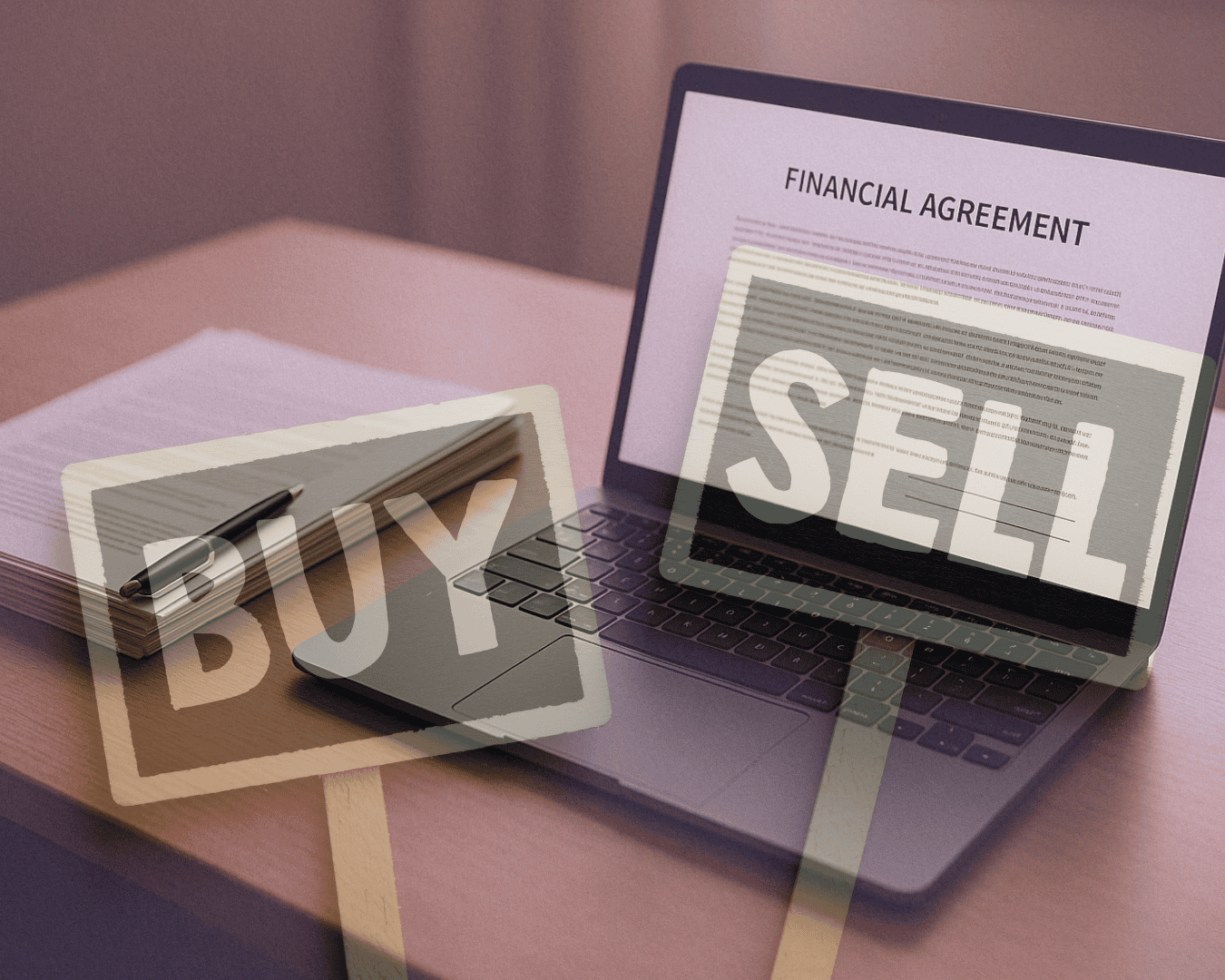
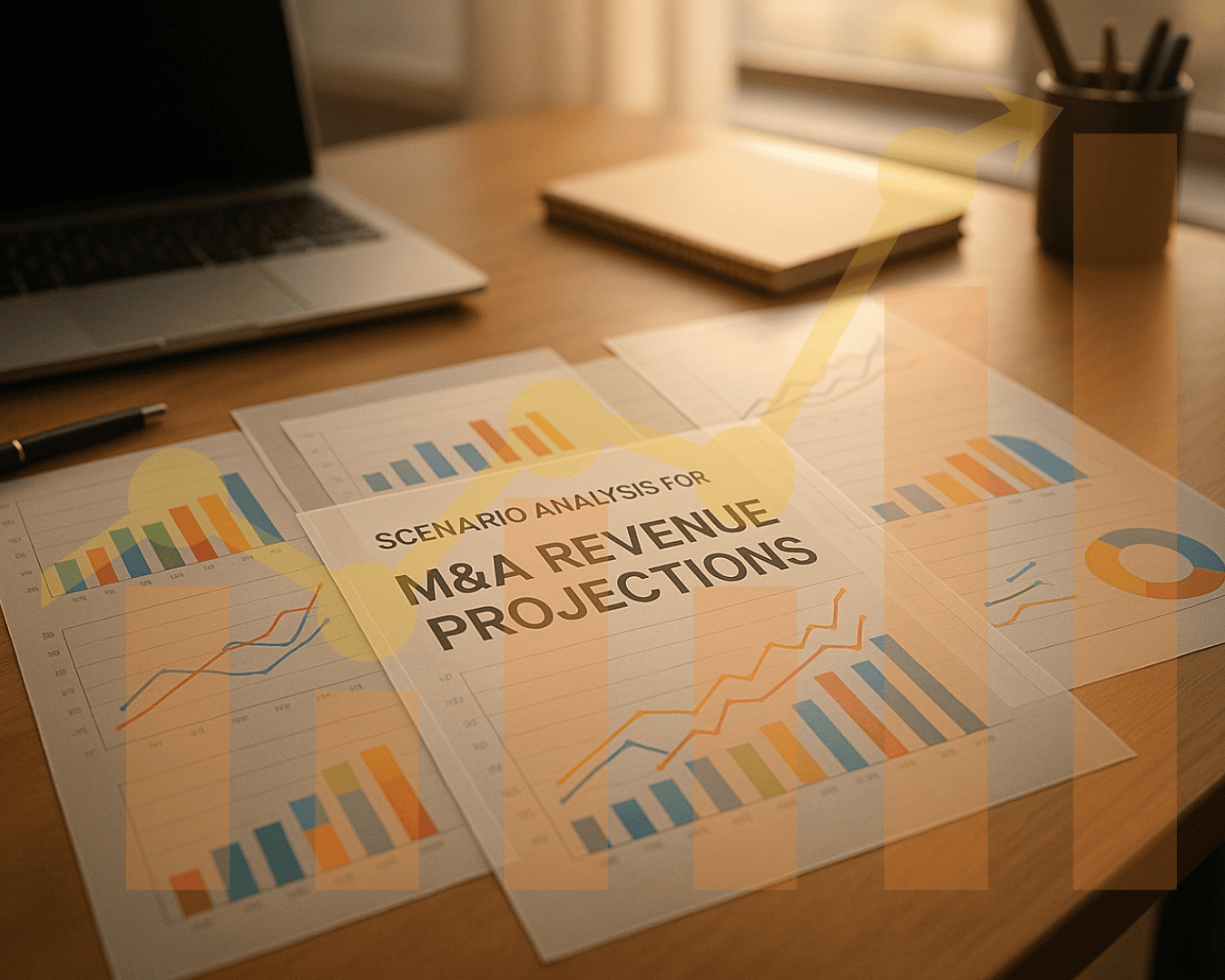
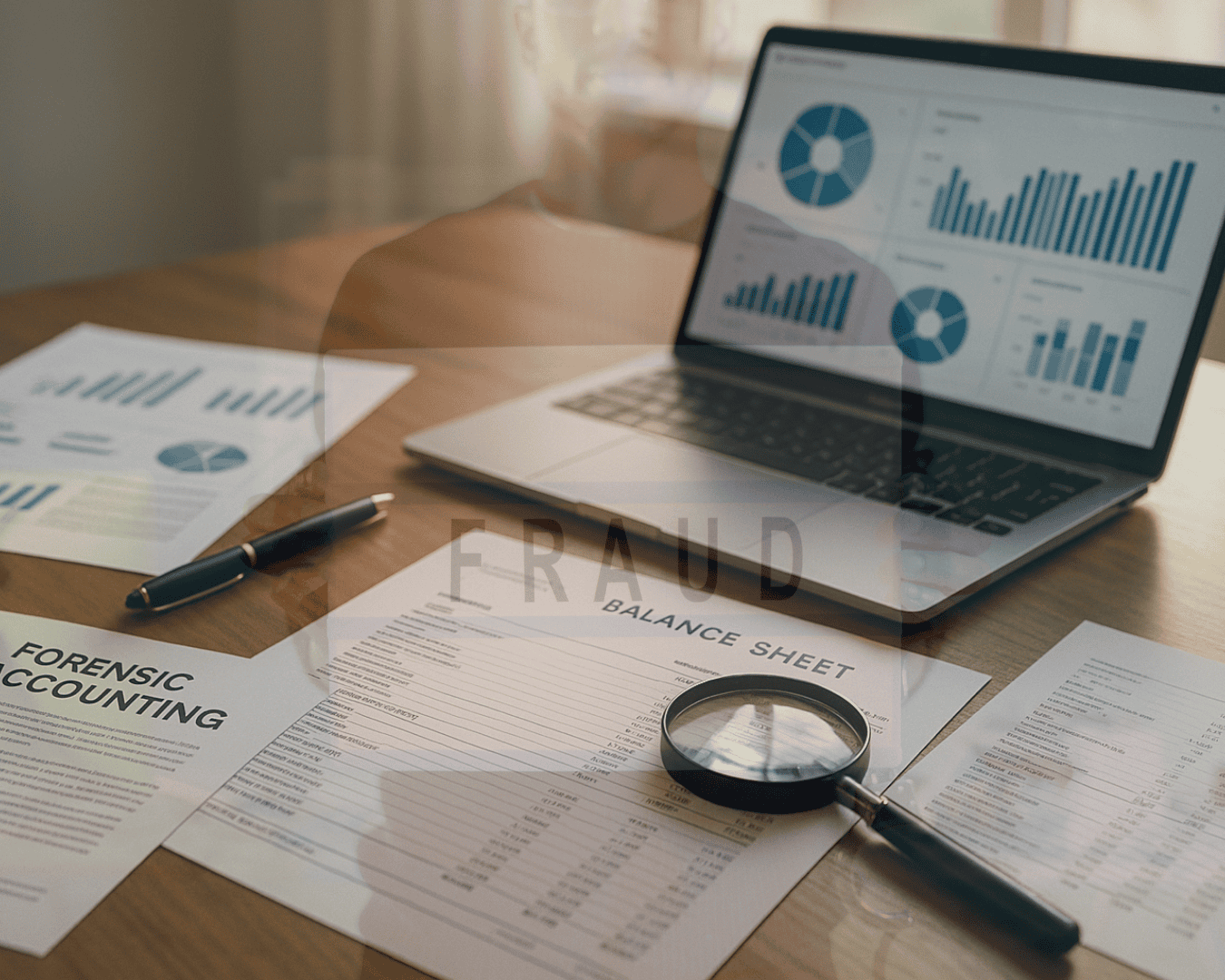




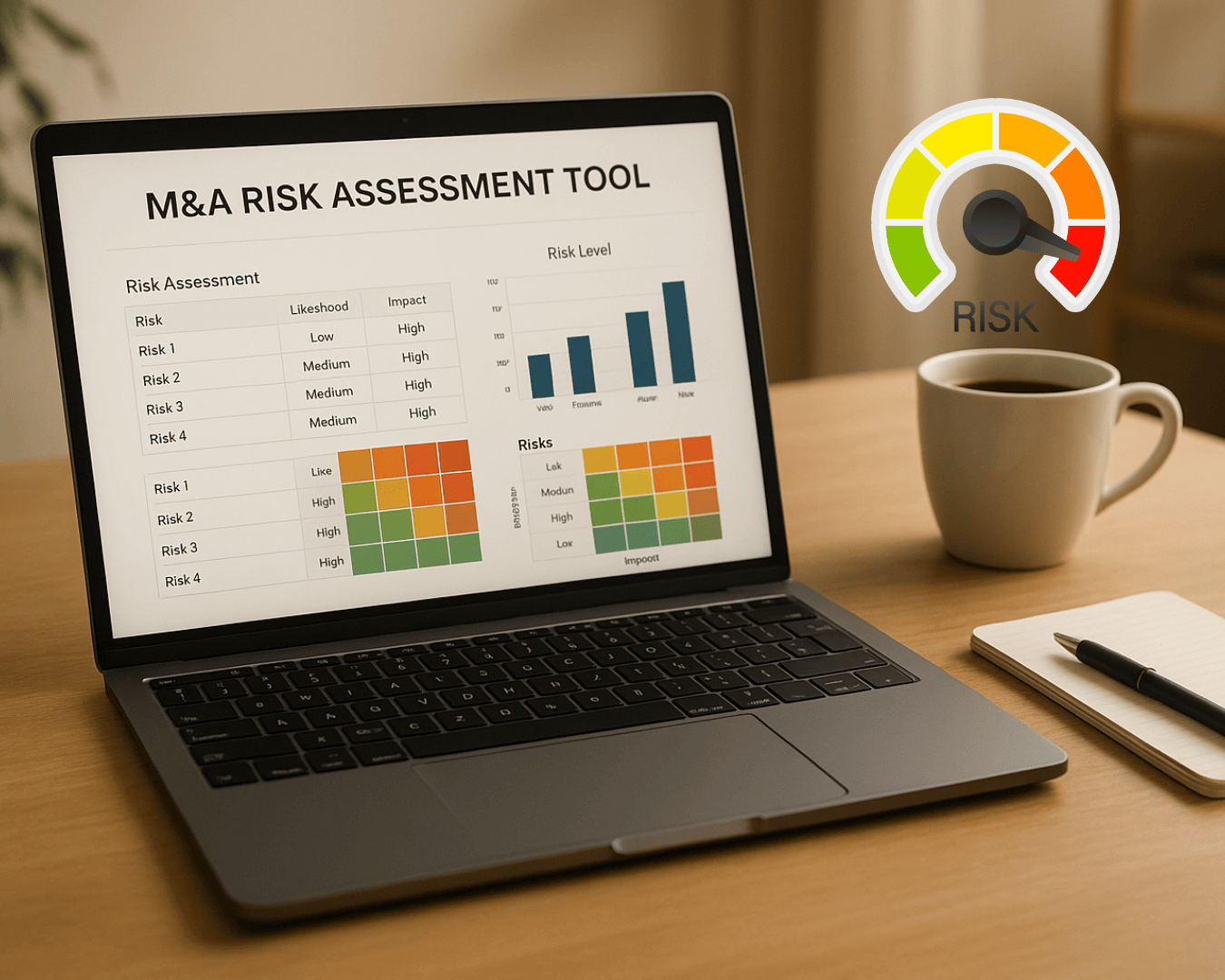

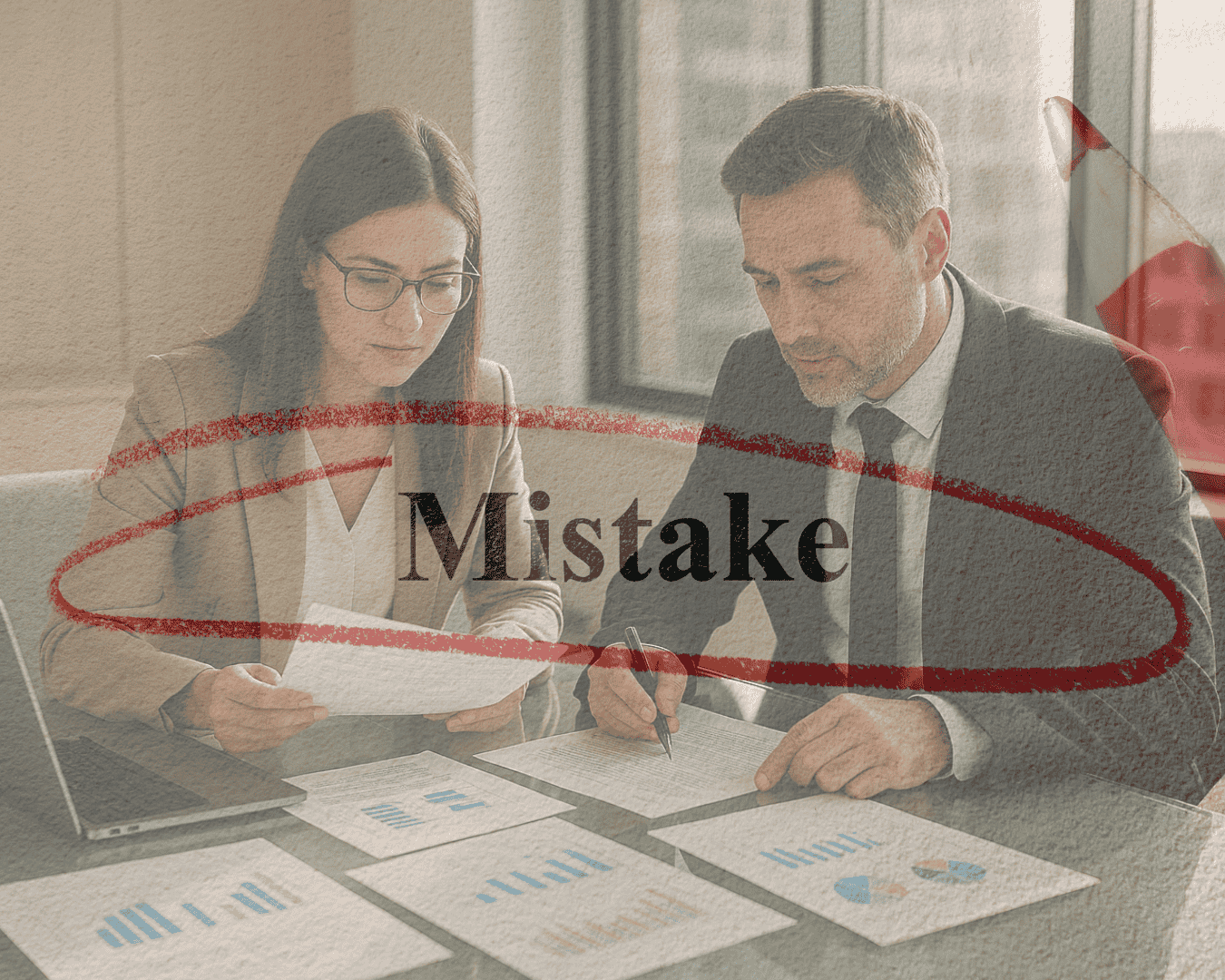
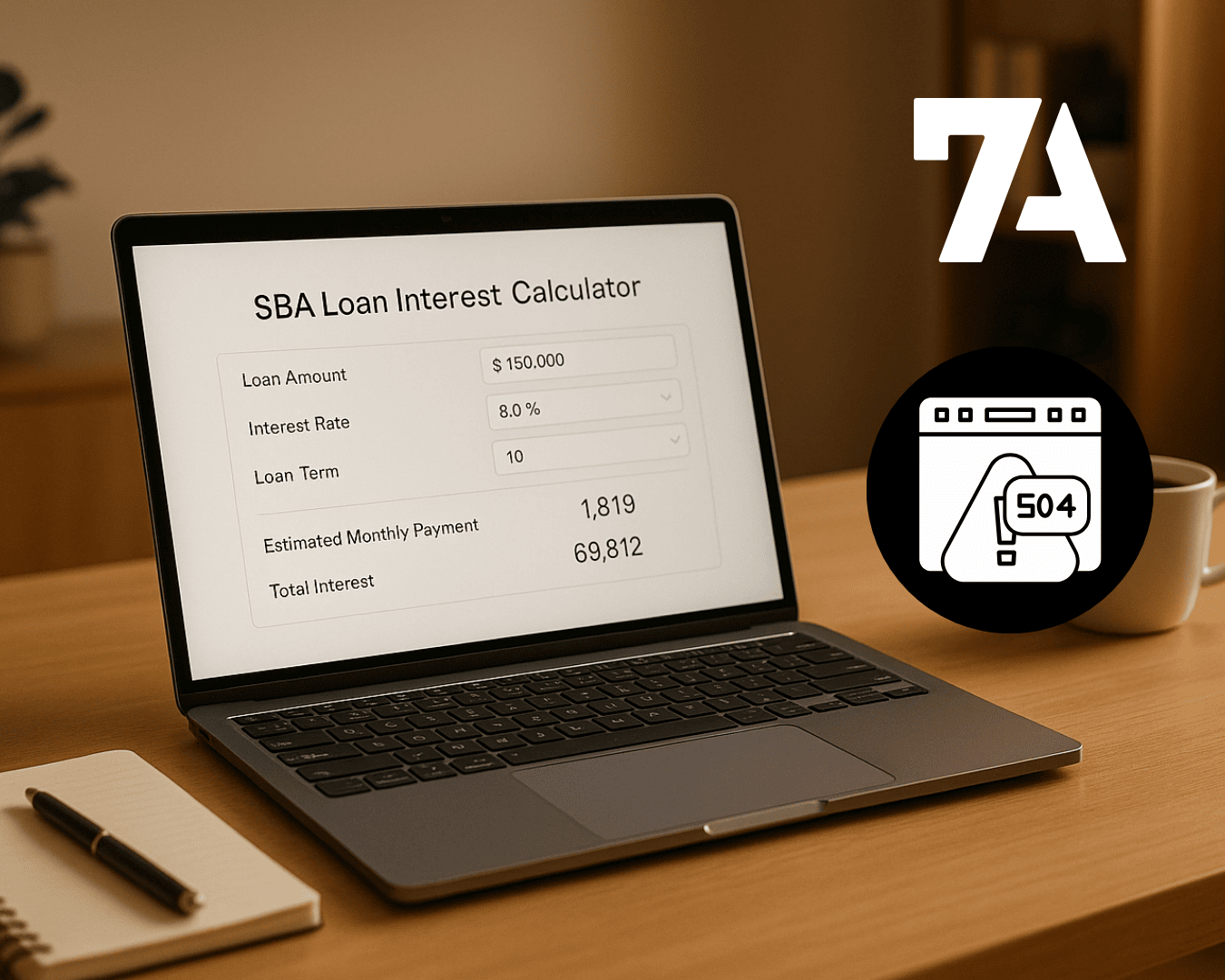








%20Loan%20Application%20Checklist.png)
